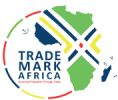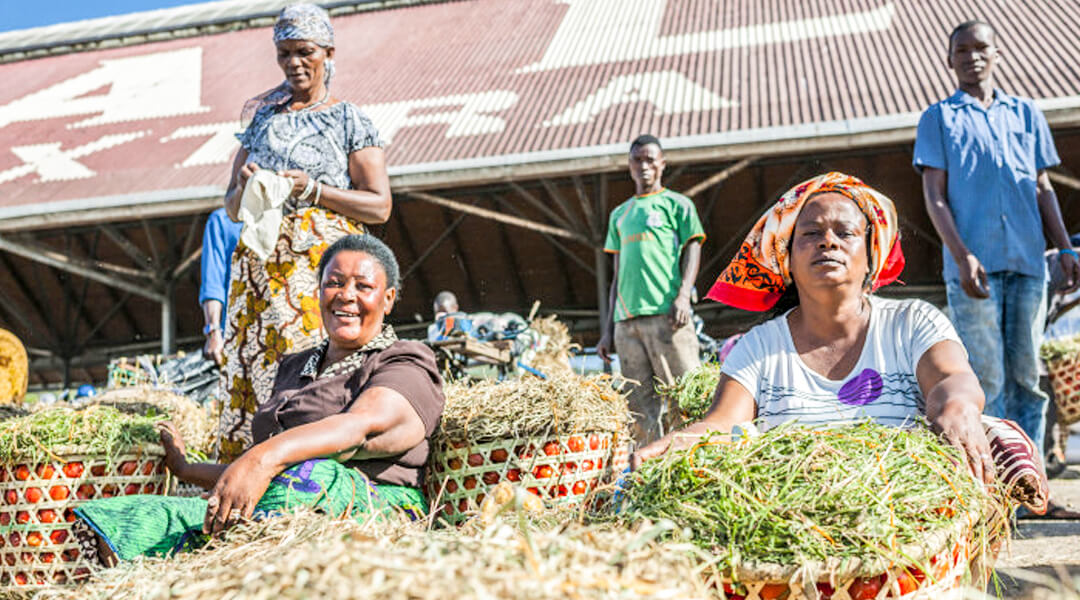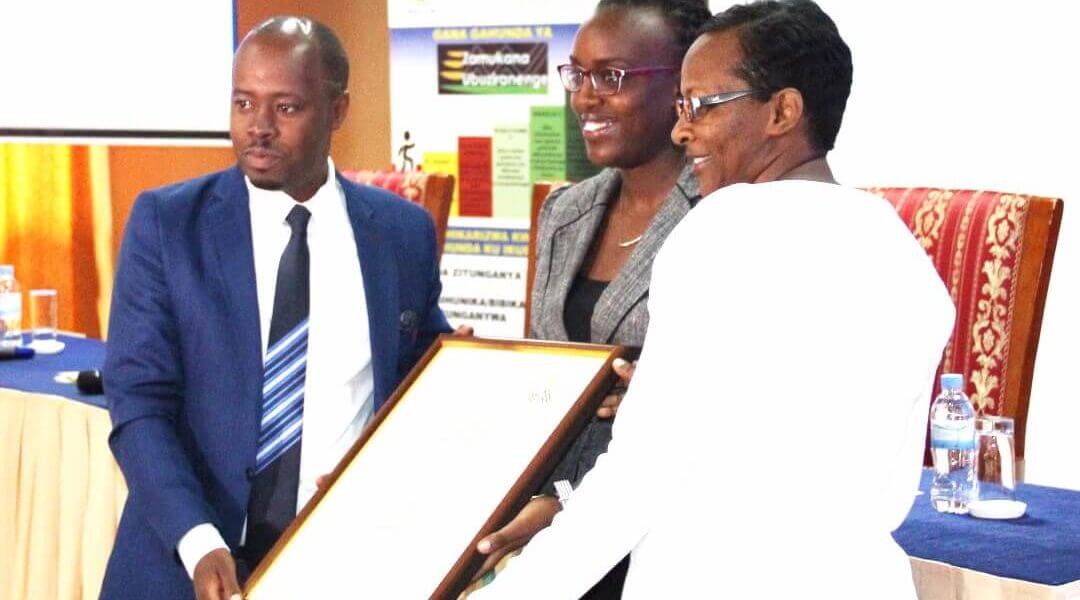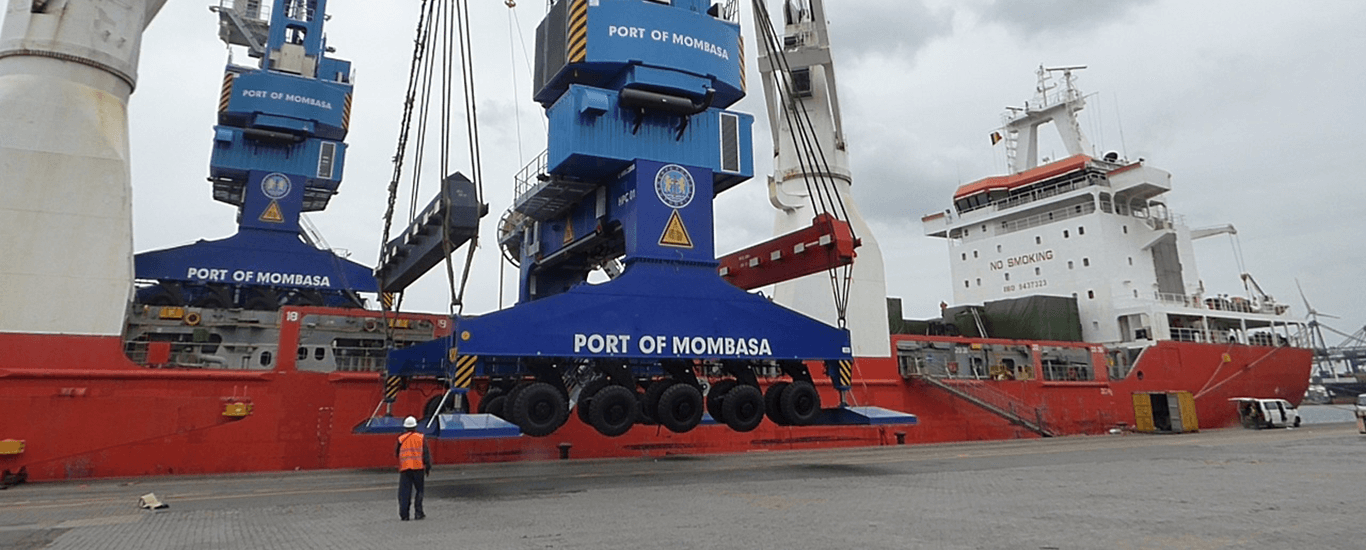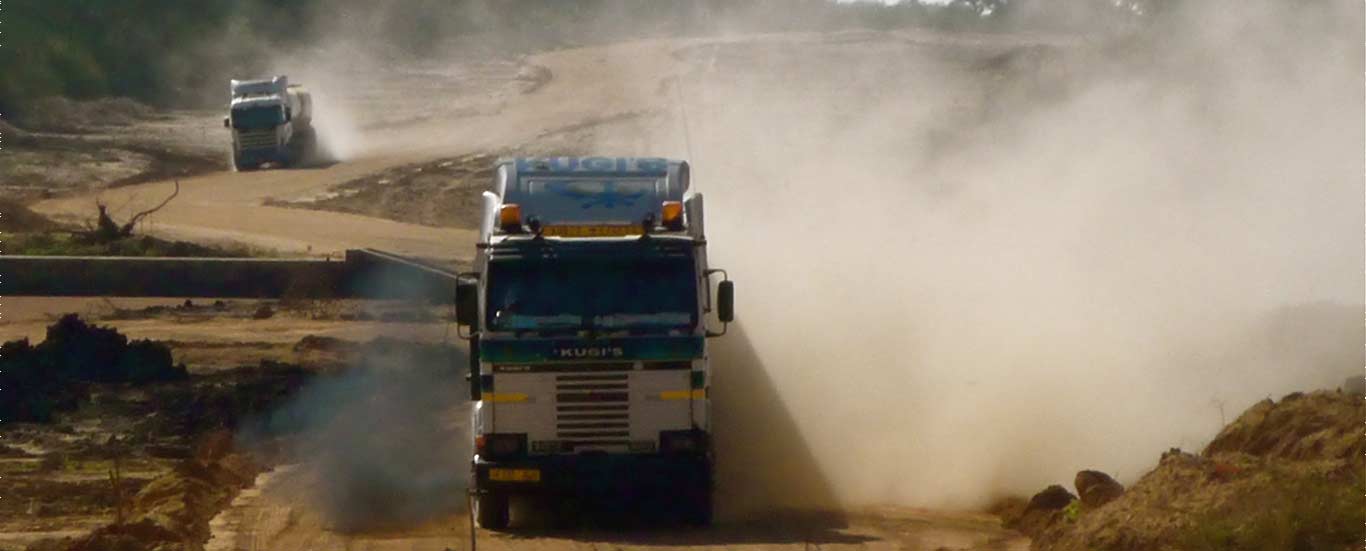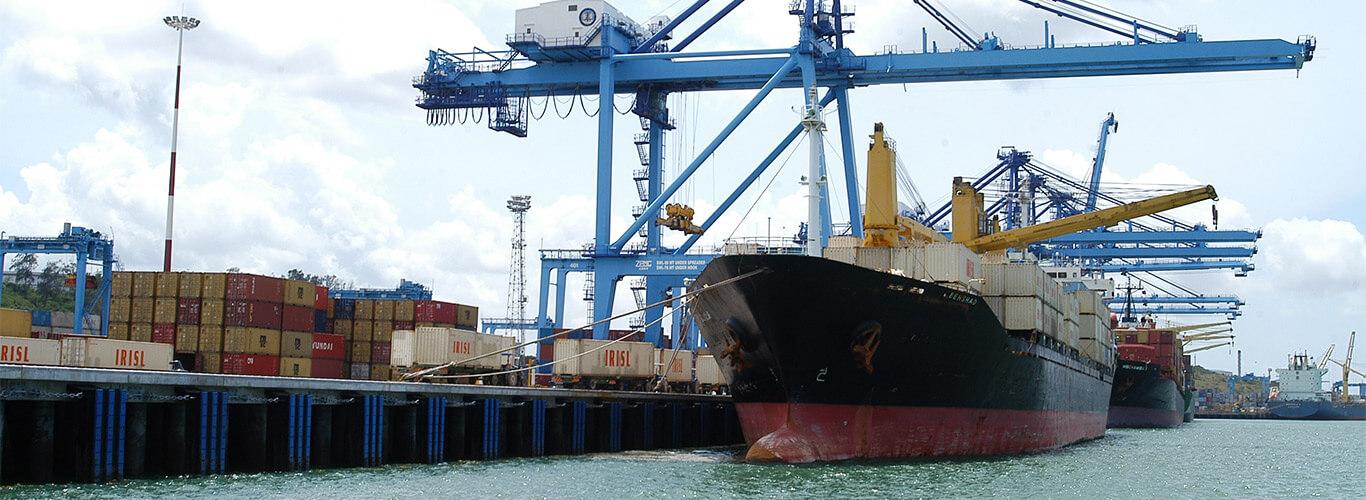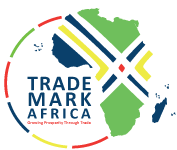The Continental Free Trade Area (CFTA) is widely seen as a potential stimulant for economic growth, industrialisation and sustainable development in Africa, despite some challenges which need to be addressed. Fears of significant tariff revenue losses and an uneven distribution of benefits are among the main obstacles to the continent's market integration. Trade liberalisation in the CFTA will lower trade costs and allow consumers to access a greater variety of products at lower prices. Lower costs for imported raw materials and intermediate inputs will increase the competitiveness of downstream producers and promote the growth of regional value chains. Trade liberalisation in Africa will also allow agribusinesses to access a large continental market of 1,284 billion people, thereby creating economies of scale. In the long run, increased competition is expected to improve agribusiness efficiency. However, small and medium-sized enterprises may struggle to compete when they are exposed to competition from more established firms as a result of the CFTA. Thriving agribusiness will drive economic growth Agricultural production is one of the most important economic sectors in the majority of African countries. Approximately 75% of Africans rely on agriculture for their livelihoods. History illustrates that agriculture, particularly the agribusiness and agro-industry sectors, have been a driver of economic growth in many countries across the globe, such as Brazil and China. In Africa, agribusiness and agro-industries account for more than 30% of national incomes, as well as the bulk of export revenues and employment. Scaling up agribusiness could be the next growth frontier....
Non-tariff barriers are key to enabling trade
Posted on: June 21, 2018
Posted on: June 21, 2018
